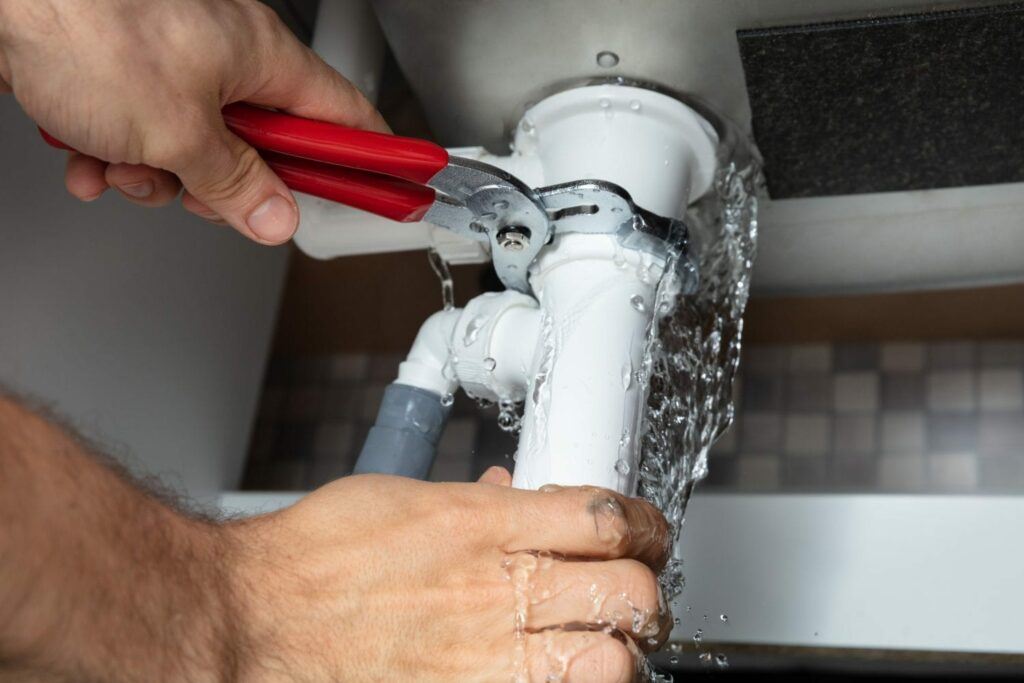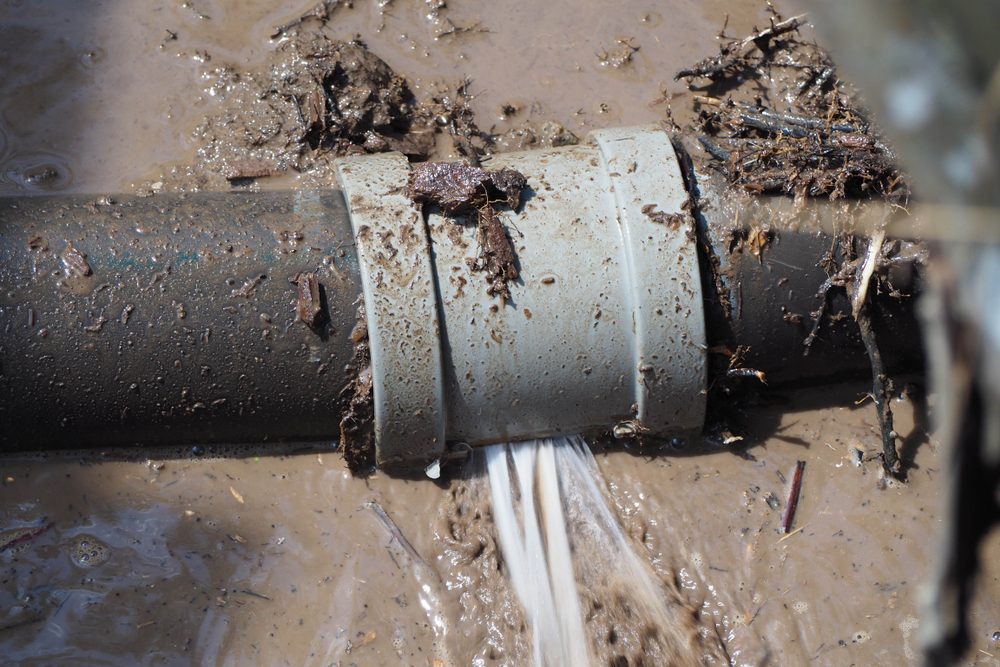Expert Tips On Handling Burst Water Pipes - Minimizing Damage
Expert Tips On Handling Burst Water Pipes - Minimizing Damage
Blog Article
How do you really feel in regards to The Do s And Don ts When Water Floods Your Home?

What should you do if a water pipeline bursts in your residence, developing a mini-waterfall as well as swamping an area of your house? The longer you wait, the extra severe the water damages in your residential property. For these factors, you need to learn what to in situation of a burst water pipe.
Turn off the Key Waterline Shutoff
The first thing you need to do is shut the shut-off shutoff. Look for the regional shut-off shutoff to turn-off water in one details location just. If you do not know where the localized shut-off valve to the fixture is, you need to turn-off the main waterline shutoff. This will certainly cut off the water in your whole house. Generally, the main valve is discovered outside the house beside the water meter. If it's not there, you can additionally locate it in the cellar at an eye-level or maybe in the first floor on the ground. Typically, building contractors however the shut-off valve in the main ground level washroom or right next to it.
Call Water Damages Remediation Pros for Aid
After shutting the water resource, call the pros for assistance. With their expert assistance, you can minimize exacerbation since water can permeate through your things resulting in distorted walls, loosened tiles, or damage structure.
Paper the Damages For Insurance
As you are awaiting the pros to arrive, document the damage caused by the wayward pipeline. Take photos as well as videos of every little thing. Do closeup shots of belongings. These points will function as proof for your homeowner's insurance. Staying positive with this enables you to file a claim for insurance coverage, which will certainly assist you and your household come back on your feet.
Salvage Points That Can Be Saved
When you're done taking images, peruse the products and also get one of the most essential ones from the stack. Dry them off and also try to protect as much as you can. Drag them away from wetness so they can begin to dry.
Beginning the Drying Process
While waiting for the pros, you can begin the drying procedure. Thankfully, water from your waterlines are clean so you don't need to fret about sewage system water. However, the moving water might have interrupted the dirt as well as particles in your floorboards as well as rugs. Be prepared with handwear covers as you utilize pails to dispose out the water. Blot out as much as you can with old towels. You can also turn on an electric follower or open home windows to advertise air circulation. This will quicken drying and also hinder mold and also mildew growth.
Experts are the only ones certified to take care of the burs pipelines as well as succeeding damages. You will normally see red flags like bubbling paint, strange noises in the plumbing, mildewy smell, caving ceiling, peeling wallpaper, or water spots.
What should you do if a water pipeline ruptureds in your house, producing a mini-waterfall and also swamping a location of your home? For these reasons, you need to learn what to in situation of a ruptured water pipeline. After shutting the water resource, call the pros for assistance. With their professional help, you can alleviate worsening due to the fact that water can permeate with your points resulting in warped baseboards, loosened tiles, or damages framework. Fortunately, water from your waterlines are tidy so you don't have to stress about sewer water.
BROKEN WATER PIPES: COST TO REPLACE & WAYS TO FIX A PIPE
CAUSES OF A BROKEN WATER PIPE
A water pipe can break for several reasons depending on the environment you live in, type of pipe, and circumstances.
The most common cause of broken pipes is freezing. If you live in a colder climate, this could happen. When water freezes it increases in volume by 9% and the pressure in the pipes can go from 40 psi to 40,000 psi. Clearly, this could be detrimental to the pipes. Water freezing causes quick expansion, which puts stress on the pipes and could lead them to crack or weaken. When water thaws, it will leak out the cracks. Other changes in water pressure can also cause breakage. Another common cause of broken water pipes is age.
Depending on the material, water pipes can last anywhere from 70-100 years. But the older they get, the more susceptible they are to weakening and corroding. Older pipes coming into contact with another material could speed up the corrosion process as well. PVC pipes can become brittle with age, while copper is prone to corrosion and stress over time. Something that could also potentially break water pipes is when they move. They may move from construction or the house settling. Moving can stress the fixed pipe which may lead to a leak or burst pipe.
HOW MUCH WATER COULD LEAK INTO YOUR HOUSE FROM A BROKEN PIPE?
The amount of water that leaks depend on how big the break in a pipe is. If it is just a minor crack, water will slowly leak out. This isn t as serious as a full broken pipe, but it can still cause significant damage to your home. Burst pipes can leak up to 10 gallons of water per minute. The amount of water leaked also depends on what appliance is involved. The water line to your refrigerator can leak to 1 gallon per minute depending on water pressure. One toilet supply line may leak 2-3 gallons a minute and a washing machine hose will leak up to 10-12 gallons per minute.
TURN THE WATER OFF
Doing this first is imperative; everything else can wait. You need to deactivate the water supply to stop the flow of water and prevent more water from leaking into your home. Shutting off the water could potentially save you thousands in water damage repairs. Locating the water shutoff valve depends on the climate you live in. For colder climates, the valves are usually inside, such as in the basement. For houses in milder weather, the shutoff valves will probably be outside either attached to an exterior wall or in an underground box with a removable lid.
OPEN A FAUCET
The next thing to do is to open a faucet or turn on a sink. This will relieve any remaining water pressure in the pipes and ensure a full-shut down.
GET RID OF THE WATER
The quicker you get rid of the water, the less water damage and mold there could be. Use a mop and a shop vacuum to help get clean up the water. Use towels to dry everything the best you can.
CUT AND REMOVE THE DAMAGED PIPE
Once you have shut off the water and drained the damaged water pipe, you can begin to fix the issue. Cut out the damaged section of the pipe with a pipe cutter, ensuring that you also cut one inch extra on each side of the damage. Once you get rid of the broken part of the pipe, you may begin repairs.
https://www.wmhendersoninc.com/blog/broken-water-pipes-cost-to-replace-ways-to-fix-a-pipe/

Hopefully you enjoyed our part on Do s And Don ts In Case Of Water Damage. Many thanks for spending some time to browse our short article. Sharing is caring. Who knows, you may very well be helping someone out. We thank you for reading our article about Do s And Don ts For Homeowners Managing With Water Damage.
Results guaranteed, contact! Report this page